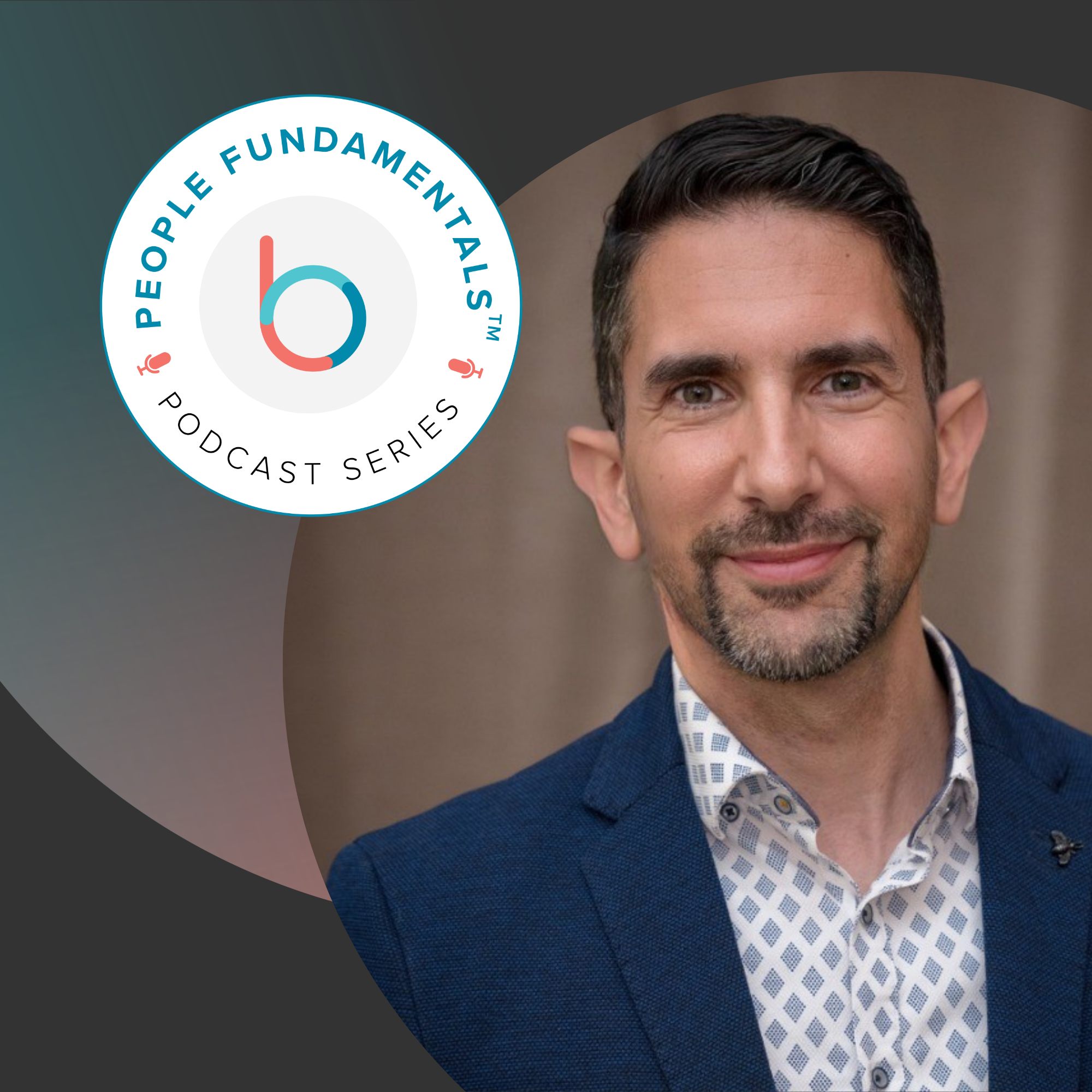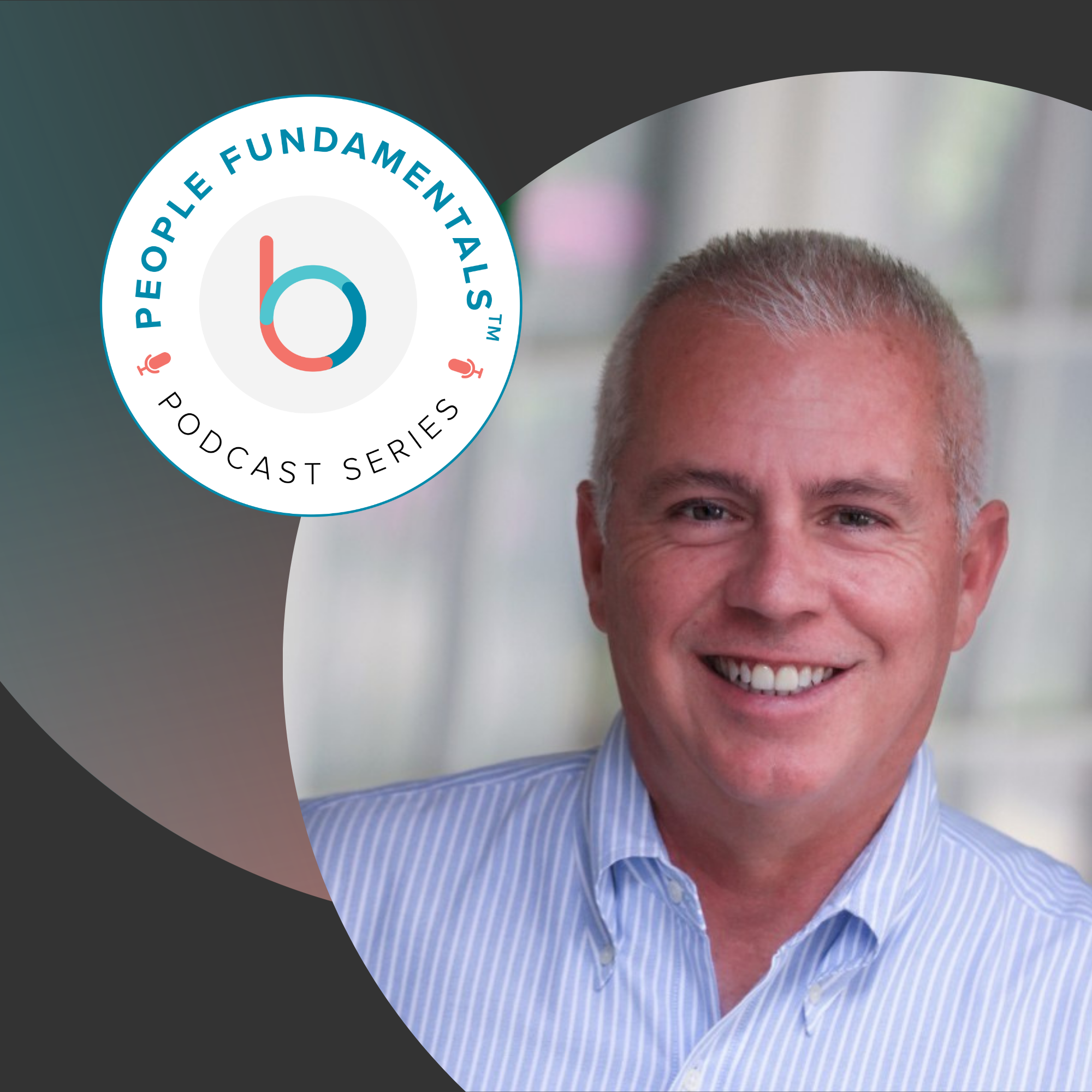Individual moments, memories, or even components don’t comprise the employee experience. Instead, it involves a bigger picture, encompassing the many facets of an employee’s life that converge and, collectively, define their experience.
In other words, personal lives and finances impact performance at work and enthusiasm for an organization’s overall goals. Therefore, many components define the employee experience rather than a singularity, and sweeps across the entire scope of a worker’s life, directly impacting their employment.
The seeds of a successful and productive employee experience are born during the ever-important onboarding process that provides the critical first impression a candidate has with a potential employer. As Betterworks Engage has spoken of in the past, the best tool an organization has in fostering a satisfying employee experience is through insightful employee feedback systems that provide a real-time gauge on satisfaction levels, underlying issues, and particular strengths.
Onboarding Strategy Can Boost Productivity, Lower Attrition
Be Deliberate With Your Offboarding Data Collection Process
As stated, onboarding provides the crucial first impression a new hire has with an organization. If successful, it creates a lasting positive impact throughout the lifespan of a new employee’s tenure with an organization, as evidenced by:
- Nearly 70% of workers are likely to stay with an employer for at least three years when onboarding is a positive experience
- A standard onboarding experience produces 50% higher productivity rates from new hires
With escalating attrition costs – regarding both money and time – organizations cannot afford to have a poor onboarding experience given a tight labor market and workforce that is often fickle and much more open to looking elsewhere than in years past.
To maximize fluidity and consistency, employers should view onboarding procedures as an extension of their recruitment process by continuously showing their people that they’re heavily invested in a positive employee experience. Lending a high degree of strategy and consistency to onboarding affords the organization higher rates of engagement and productivity, as well as lower attrition rates, no matter the size of the company or industry it serves.
To better develop onboarding procedures, an effective and comprehensive strategy should include a handful of critical components, including:
- Compliance: Emphasize the rules and regulations within the organization as well as the overall industry
- Clarity: Provide thorough definitions of the roles, responsibilities, and expectations involved in a specific position
- Organizational culture: Clearly define all appropriate boundaries and emphasize the importance of the organization’s personality and values
- Cohesion: Using specific examples as well as overall context, describe the importance placed on relationships with existing staff, management, and mentors
Unfortunately, only 20% of companies use these four basic components as pillars within their onboarding strategy. However, incorporating each as an area of particular focus and attention will only reap greater rewards for both employees and employers well into the future.
Feedback Is Essential for Successful Onboarding
Accurate employee feedback serves as a cornerstone to a continually improving the employee experience. As it pertains to onboarding, feedback collected throughout the process gives companies the opportunity to search for gaps, inconsistencies, or areas to refine throughout the new hire experience.
By seeking feedback during onboarding, an organization makes new hires feel valued, even during the nascent stages of their employment. Likewise, it’s emblematic of an open culture that values honesty and forthrightness and, along the way, increases new hire productivity by enhancing the employee experience from the get-go.
Consistent, Timely Onboarding Feedback Is Most Insightful
To create an atmosphere that is conducive towards productive and effective feedback, the onboarding employees should be put at ease and assured that their input into the process is invaluable towards helping the organization improve the experience. Aside from a consistent level of comfort and ease, onboarding feedback procedures should also take the following into account:
- Frequent onboarding surveys can help identify sources of miscommunication, performance shortcomings during the onboarding process
- Onboarding surveys should be sent during the first day, week, month, and quarter of a new hires’ employment, subsequently more spaced out as time progresses.
- Keep onboarding surveys as brief as possible
- Surveys should contain no more than ten questions and limited open-ended responses
- Short but consistent, frequent pulse polls should be utilized throughout the first quarter of employment to gauge the impact of the onboarding experience properly
- Collect specific feedback about milestones achieved while they are still fresh and relevant in a new hire’s mindset
Since every organization has its own set of specific needs and expectations, however, it’s critical to include customized survey questions for pulse polls and abide by a feedback schedule that fits an organization’s onboarding process best. Although this in-depth, scheduled process might seem overwhelming at first glance, implementing an automated feedback platform like Betterworks Engage’s makes such systems convenient, quick, effective, and extremely pertinent to the current state of an organization’s onboarding.
Onboarding Is More Than Just New Hires
Of course, the onboarding process includes more than just new employees. To that point, an organization should also collect feedback from other involved, including:
- HR staff members
- Hiring managers
- Department managers
- Corporate trainers
- Team members
Simply put, an organization should collect feedback from anyone else who played a role in the onboarding experience. Also, HR should also periodically check in with managers and key coworkers to assess how the new employee is performing, and what can be done to enhance their understanding of their job duties. Such measures can only speed up a new hire’s adjustment to the workplace and increase their productivity.
Feedback Drives Sound Onboarding That Pays Lasting Dividends
A satisfying employee experience brings out the best in a workforce. To get the very most from that experience, an employer must utilize effective feedback systems that begin at the onboarding process to create, curate, and continue as rich and rewarding of an employee experience as possible. Feedback from onboarding drives a successful set of procedures that will pay lasting dividends for both the workforce and employer by:
- Enhancing employee lifetime value
- Reducing the time necessary for a new hire to perform at high levels
- Revealing inefficiencies and issues within onboarding procedures that will ultimately lower attrition rates
Suffice it to say, the onboarding process plays a pivotal role in developing a healthy and satisfying employee experience that carries through the duration of employment with an organization. Betterworks Engage’s innovative platform gives companies the necessary tools to monitor employee engagement and gain the actionable insight needed to continually improve that experience, from onboarding to exit and all points in between.






